What is Mould?
Mould is a type of fungus that loves to grow in damp, warm, and humid places. It spreads by releasing tiny spores into the air, which can easily land on surfaces around us. Common types of mould include Aspergillus, Cladosporium, and Stachybotrys, often known as “black mould.” While some moulds are harmless, others can pose serious health risks.
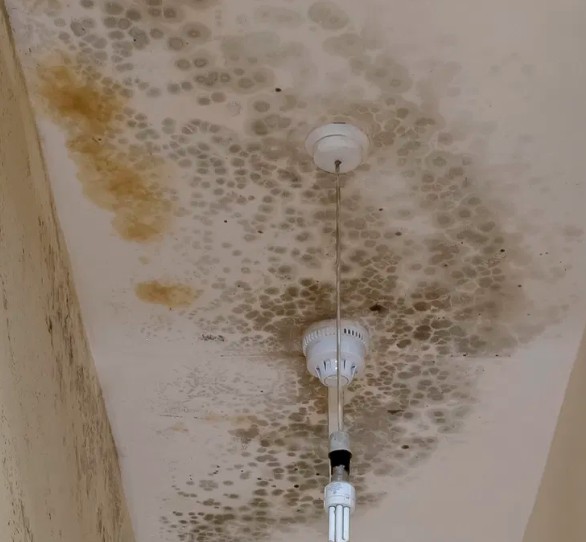
Health Effects of Mould
- Allergic Reactions: Many people are allergic to mould spores. When exposed, they might experience sneezing, a runny or stuffy nose, itchy eyes, or skin rashes. For individuals with allergies, even a little bit of mold can trigger severe reactions.
- Respiratory Issues: Mould spores can irritate your lungs, causing coughing, wheezing, and difficulty breathing. This is especially concerning for those with asthma or other lung problems.
- Infections: In rare cases, mould can lead to infections, particularly in people with weakened immune systems. These infections can be serious and may require medical treatment.
- Toxic Reactions: Some moulds produce toxins called mycotoxins, which can have serious health effects. Long-term exposure to these toxins may result in neurological symptoms, fatigue, and worsened respiratory issues.
Environmental Impact of Mould
While mould is important for breaking down organic matter in nature, too much of it can upset local ecosystems. Here’s how:
- Decomposition: Mould plays a vital role in recycling nutrients back into the soil. However, when mould grows excessively, it can disrupt this balance, affecting local plants and animals.
- Air Quality: Mould spores can lower indoor air quality, impacting both health and comfort. Higher mould levels often lead to unpleasant smells and can make living spaces less enjoyable.
Structural Damage
Mould doesn’t just harm health; it can also damage buildings. It grows on damp materials like wood, drywall, and insulation, weakening these structures over time and leading to costly repairs. Signs of mould damage include:
- Water stains on walls or ceilings
- Discoloration of surfaces
- A musty smell
Prevention and Mitigation
Keeping mould at bay is crucial for a healthy indoor environment. Here are some practical tips:
- Control Humidity: Keep indoor humidity below 50%. Use dehumidifiers in damp areas and ensure bathrooms and kitchens are well-ventilated.
- Fix Leaks: Repair any leaks in roofs, walls, or plumbing right away to prevent moisture buildup.
- Clean Regularly: Regular cleaning can help limit mold spores. Focus on areas that tend to be moist, like bathrooms and basements.
- Use Mould-Resistant Products: When building or renovating, opt for mould-resistant paints and materials that are less likely to grow mould.
- Monitor Indoor Air Quality: Consider using air purifiers with HEPA filters to help reduce airborne mould spores.
Mould is a common issue that can lead to serious health problems and property damage. Understanding its effects and taking proactive steps to prevent it is essential for a healthy living space.
To prevent mould, make sure your home gets fresh air, stays dry, and has good ventilation. Keeping moisture under control is the key to stopping mould before it becomes a big problem.
Don’t worry!! If you see mould at your homes, don’t wait—call a trusted mould removal expert to get it sorted for good. Call us Now!!
What we Clean?
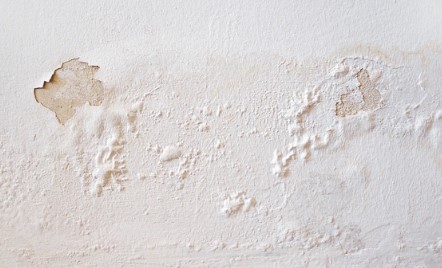
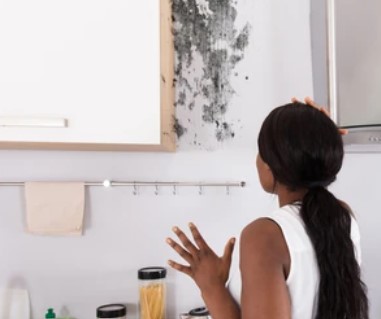
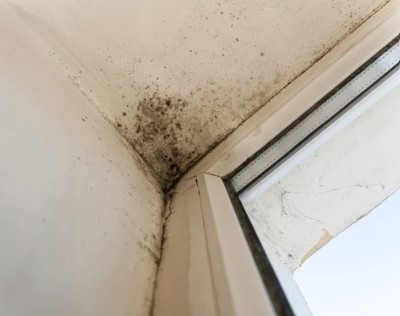
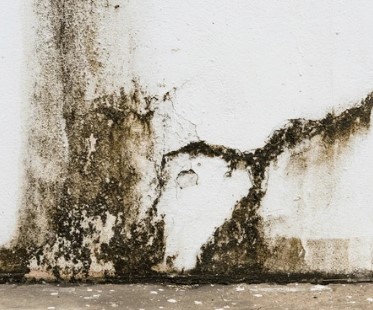
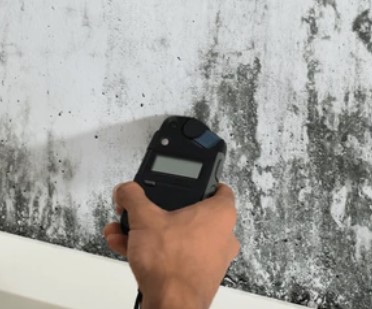


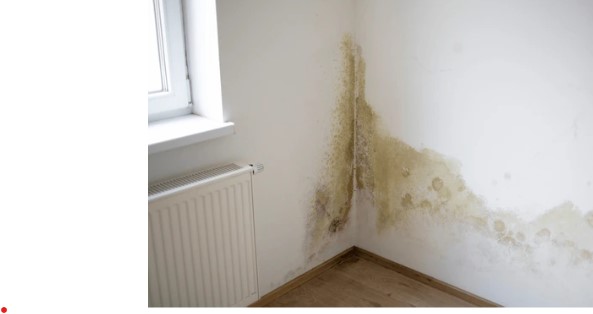
Why does mould grow?
If you plan to clean mould, be careful to prevent spores from spreading throughout your home. Mould usually sticks to walls, but it consists of tiny spores that can easily become airborne and settle in different areas if not handled properly. These spores are invisible to the naked eye, making them difficult to detect. Once they land on a suitable surface, they can grow into new mould colonies. Our cleaning business offers a range of mould removal services in your area to help keep your home safe and mould-free.
What should you do if you see mould in your home?
If you can already see mould in your home, your main focus should be getting rid of it rather than testing it. While some types of mould may be more harmful than others, the Centers for Disease Control and Prevention advises removing all mould immediately, regardless of the type. Whether it’s black, brown, green, or white, mould needs to go. Testing might be useful if you want to be sure there’s no toxic black mould present, but the priority should always be removal.
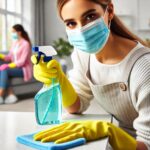
June Mark
Mom
What should you do if mould is affecting your health?
Removing mould is just the first step. Mould in your home can make you sick by releasing spores that irritate your airways, causing nasal congestion, coughing, wheezing, throat irritation, and chest tightness. If you experience these symptoms, clean the mould and see a doctor as soon as possible.
To check for mould, you can buy a mould test kit from a hardware or home improvement store. Look for signs like dark spots, discoloration, or damp areas. Some kits use tape or cotton swabs to collect samples, while others test the air from your HVAC system. The samples are sent to a lab to identify the mould type, but these tests aren’t always accurate and don’t measure mould levels.
Once you find mould, wear gloves, safety goggles (without ventilation holes), a face mask, and long-sleeved clothing before cleaning. Also, turn off fans and air conditioning to prevent spreading spores.
Comments are closed